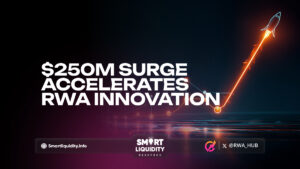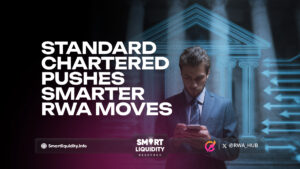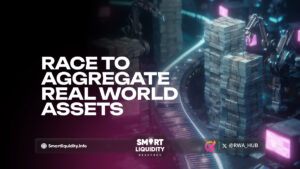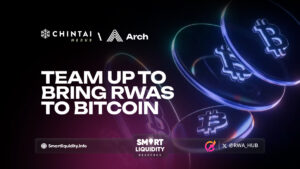RWA Tokenization Could Hit $600B by 2030
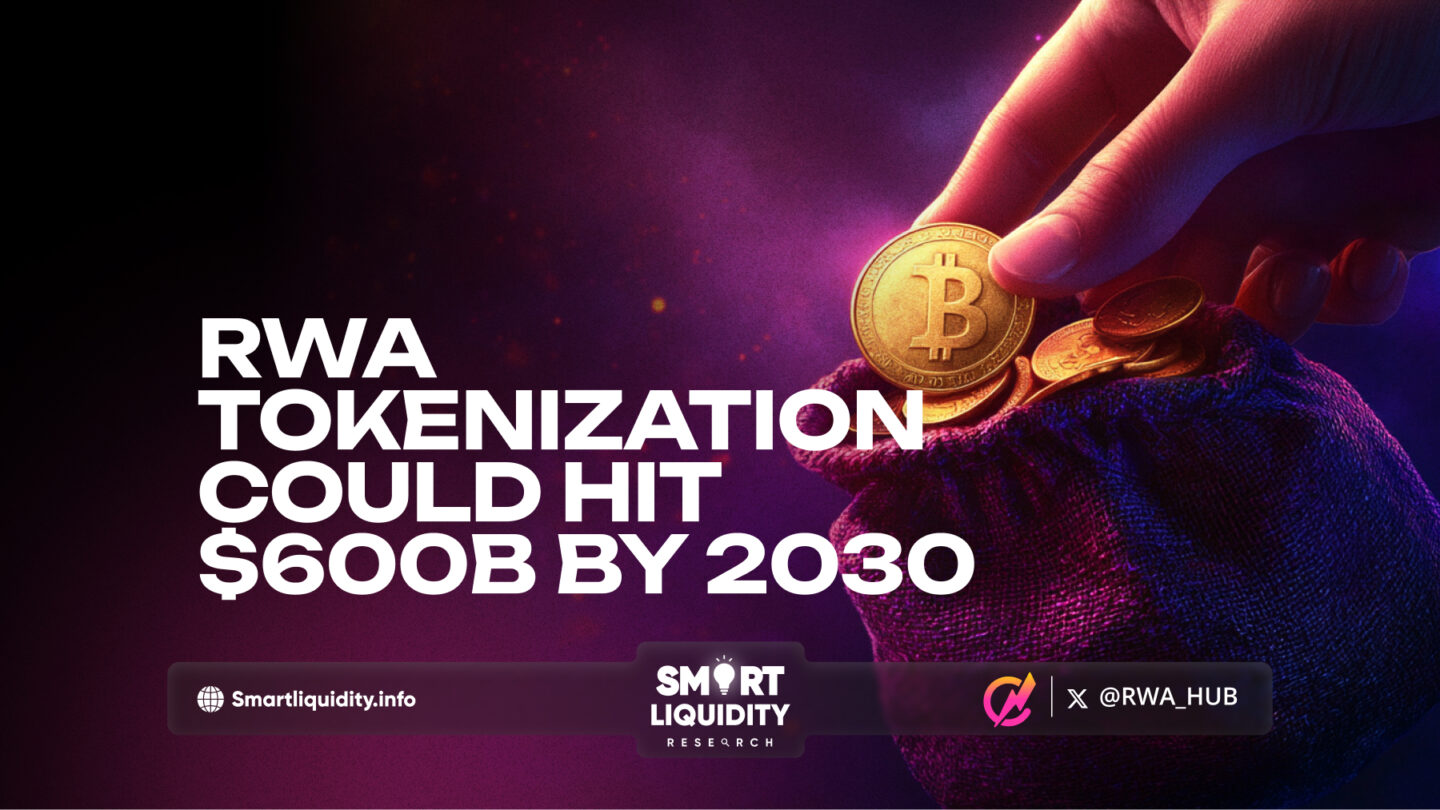

RWA Tokenization Could Hit $600B by 2030, transforming the investment landscape and creating new opportunities for financial markets.
RWA Tokenization Could Hit $600B by 2030: Revolutionizing the Way We Invest in Real-World Assets
Real-World Asset (RWA) tokenization is quickly becoming one of the most transformative forces in the financial world. By 2030, the tokenization of real-world assets could be worth an estimated $600 billion. Tokenization is the process of converting physical assets such as real estate, art, and commodities into digital tokens that can be traded on blockchain platforms. This advancement offers several benefits, including greater accessibility, liquidity, and the ability to unlock traditionally illiquid markets. As blockchain technology continues to evolve, tokenization could redefine asset ownership and investment strategies.
Unlocking Liquidity and Accessibility for All
A primary advantage of RWA tokenization is the potential for unlocking liquidity in traditionally illiquid markets. For example, assets like real estate are usually difficult to trade due to high barriers to entry and lengthy processes. However, tokenizing these assets allows for fractional ownership, meaning investors can buy smaller shares instead of purchasing an entire property. This approach makes assets more accessible, allowing investors of all sizes to participate. Furthermore, the decentralized nature of blockchain ensures faster transactions with lower costs, ultimately increasing overall market liquidity. Hence, tokenization offers a pathway to democratize investing in high-value assets.
Institutional Adoption and Market Expansion
Moreover, tokenization plays a crucial role in driving market expansion, particularly with institutional investors. Many large investors are recognizing the value of tokenized assets due to their transparency, security, and efficiency. Blockchain’s immutability ensures that tokenized assets can be traded with full trust and reduced risk, making them appealing to institutional investors. As blockchain adoption grows, tokenization could bridge the gap between traditional financial markets and decentralized finance (DeFi), creating new avenues for both retail and institutional investors. Therefore, tokenized assets are set to play a pivotal role in expanding the global market for digital investments, reaching the $600 billion mark by 2030.
Regulatory Clarity and Legal Frameworks
However, the widespread adoption of RWA tokenization depends on the development of clear regulatory frameworks. Governments and regulatory bodies worldwide are increasingly focused on establishing rules for the emerging digital asset market. A robust legal framework will address concerns like fraud and market manipulation, ensuring that tokenized assets are secure and trustworthy. Regulatory clarity will also foster confidence in the market, encouraging more participants to embrace tokenized assets. As a result, regulatory certainty is expected to significantly boost the growth of RWA tokenization, helping the market reach its projected $600 billion valuation by 2030.
A Bright Future for Tokenized Assets
In conclusion, RWA tokenization represents a game-changing opportunity for the financial world. By offering increased liquidity, greater accessibility, and institutional backing, tokenized assets are poised to revolutionize how people invest in real-world assets. The market for these assets is expected to grow exponentially, potentially reaching $600 billion by 2030. As blockchain technology matures and regulatory clarity improves, tokenization will continue to shape the future of finance. Consequently, the full potential of tokenized assets will be realized, providing investors with a more efficient and secure investment environment.
DISCLAIMER:
“The information provided on this platform is for general informational purposes only. All information on the platform is provided in good faith; however, we make no representation or warranty of any kind, express or implied, regarding the accuracy, adequacy, validity, reliability, availability, or completeness of any information on the platform.”
